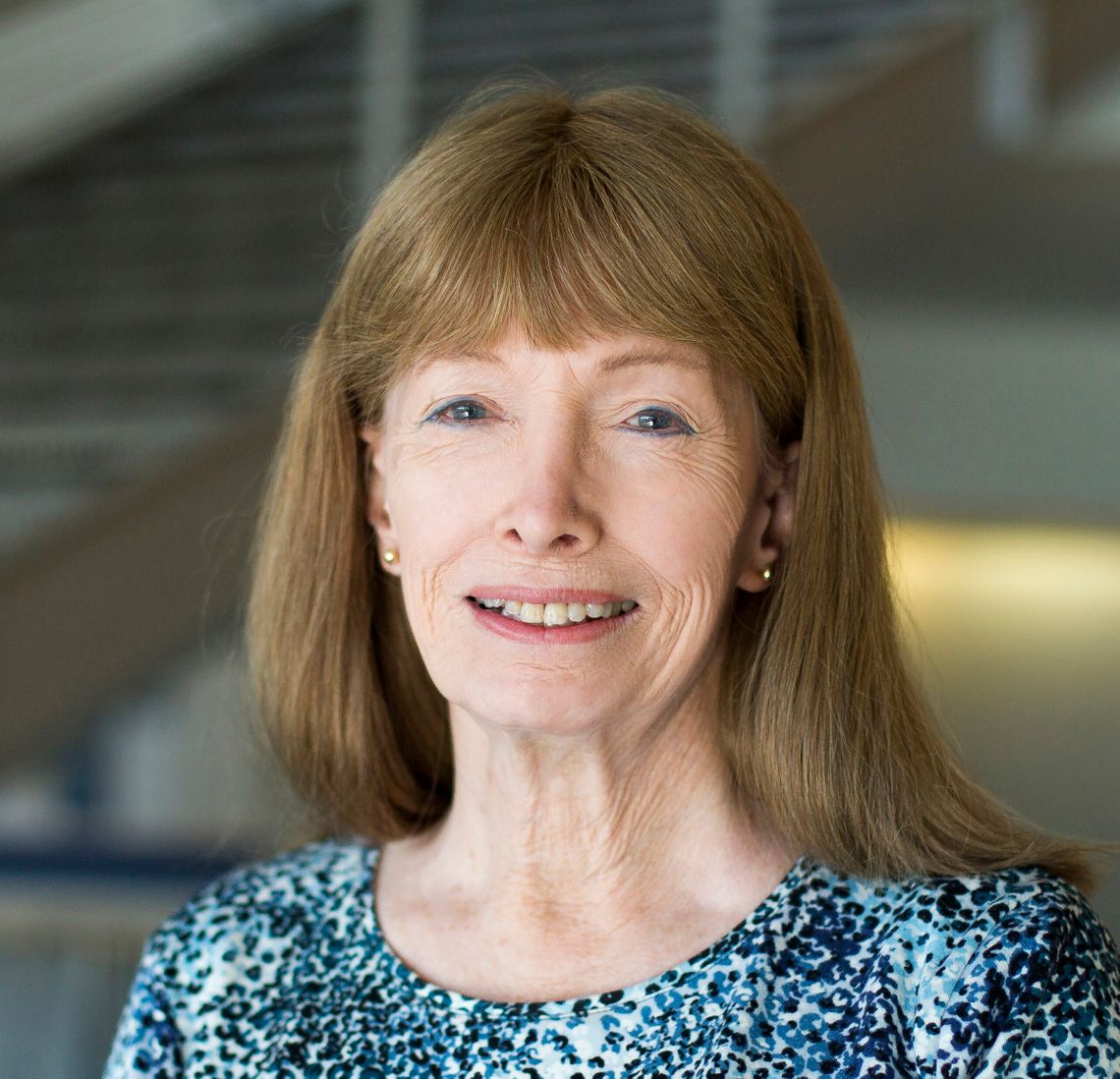Sometimes I forget that other LGBTQ+ people aren’t as loudly out as I am - it can be difficult to say ‘Hello, World!’ (sorry!). It says a lot about the culture of my workplace and the state of the general population that I can be fiercely, loudly out as a gay non-binary person and feel nothing but support from my colleagues. It’s easy for me, as a young person, to forget that it hasn’t always been like this.
That’s not to say that it’s all plain sailing - we are still, as a community, facing hard times. The UK government recently made a U-turn on banning conversion therapy, hate crimes are up, and trans people are facing a complete media assault.
Queer people are everywhere throughout history and have made untold contributions to our society, but computing has a particularly prominent queer history. Who can forget the suffering that Alan Turing, the Father of Computer Science, went through at the hands of the government due to his sexuality? But it’s Pride month, and I want to share the stories and celebrate the triumphs of less recognised LGBTQ+ people in tech, both remembering our history and fighting for our future.
Peter Landin

Born in the 1930s, Peter Landin was a British computer scientist who invented the Stack, Environment, Control, Dump (SECD) machine and the language ISWIM (If you See What I Mean). The SECD machine is an abstract process virtual machine that was first used for lambda calculus. The SECD machine published by Landin was a set of small but clear instructions that left implementation up to the user: one such implementation can be seen on Github. It was intended as a target for functional programming language compilers, but it has been used for many experimental compilers. ISWIM was never implemented but many modern languages are underpinned by the work done by Landin - functional languages such as Haskell can be seen as a direct descendant but you can see ideas from ISWIM in many others.
As well as being a vital part of early computer science, Landin was bisexual and heavily involved with the gay liberation front in the 1970s. He became increasingly devoted to gay rights activism, even turning his house into a commune.
Lynne Conway

You would think (or at least hope) that a company nowadays would support an employee who came out as transgender. This was not the case back in the 60s; when Conway underwent medical transition she was fired from IBM and had to start over, this time hiding her trans identity. She spent the 70s and 80s breaking barriers for women in computer science, and then broke barriers for trans people when she came out as she neared retirement.
Conway has been instrumental in the tech world. Through a long and varied career she made a wide range of contributions to computing and electronics. Most famously, she invented multiple-out-of-order DIS (Dynamic Instruction Scheduling) and pioneered the Mead-Conway VLSI (Very Large Scale Integration) chip design revolution. These are pretty complicated so I won’t go into too much detail but put simply, DIS allowed computers to be much faster and Conway’s book on VSLI chip design and subsequent MIT course broke down chip design and allowed computer scientists to start designing microprocessors without specialist chip architects. This in turn made way for the explosion of chip design innovations in the 80s and 90s, especially in Silicon Valley.
Fearing being outed by computer science historians, Conway pre-emptively came out as transgender, detailing everything on her website. This evolved into a brilliant resource - there are stories and accounts from other trans people, information and support. In her own words,
“By openly sharing our stories and life-experiences, we can help build a more realistic knowledge of and genuine wisdom about transgender issues. We can also help society see us as the human beings we truly are. In the process we can enable more and more people to live fuller and happier lives in an increasingly inclusive, harmonious society.”
Conway continues to be an outspoken advocate for trans rights.
Sophie Wilson
 Who could go from designing an electronic cow-feeder at university to developing a microprocessor that is used in 95% of smartphones today? Sophie Wilson, that’s who.
Who could go from designing an electronic cow-feeder at university to developing a microprocessor that is used in 95% of smartphones today? Sophie Wilson, that’s who.
Born in Leeds in 1957, Wilson went to the University of Cambridge where she studied computer science. At university she designed an embedded system that was used by farmers to regulate cow feed. Working for an electronics company during her studies, she was challenged to build a computer based on her design. This computer became the basis for the Acorn System 1, at her boss’ new company Acorn Computers.
She joined the company after university where they won a contract to build the BBC micro. This was a computer designed for use in schools - according to Acorn, it ended up selling 40,000 machines a month and made its way into 85% of British schools. Unsatisfied with the processing power of the BBC Micro, Wilson and colleagues decided to build their own CPU using the ‘Reduced Instruction Set Coding’ or RISC method - this meant that the process has simple instructions with an operating system on top of it breaking down tasks, allowing the CPU to run faster.
Wilson and her colleague Steve Furber designed what was known as the Acorn RISC Machine (later called the Advanced RISC Machine) or the ARM. You may not have heard of this processor, but you’ve almost certainly used one. They’re found in a staggering number of modern electronics - 95% of smartphones, 90% of hard drives, 80% of digital cameras as well as printers and digital TVs. As of 2021, 200 billion Arm based processors have been produced - more than 27 for every person on the planet. And to think, this all started with a transgender woman and an electronic cow feeder.
Summary
It’s hard, in tech, to pinpoint exact developments that have changed the world. It’s almost like a butterfly effect - small changes here and there lead to big things down the road. We are truly standing on the shoulders of giants and every person who decides to sit down and write their first line of code has the potential to have a massive impact on our current and future technology.


